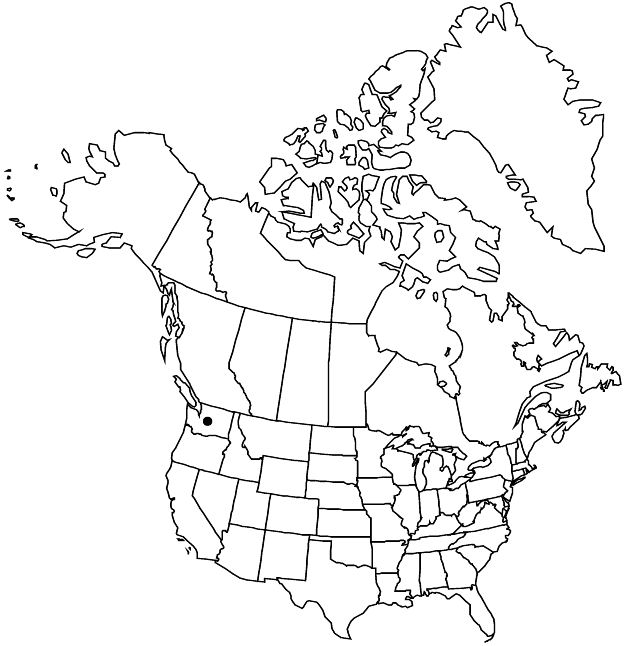familyRosaceae
subfamilyRosaceae subfam. Amygdaloideae
genusCrataegus
sectionCrataegus sect. Sanguineae
speciesCrataegus wattiana
Show Lower Taxa
Difference between revisions of "Crataegus wattiana"
J. Linn. Soc., Bot. 28: 323, plate 40. 1891.
FNA>Volume Importer |
FNA>Volume Importer |
||
| Line 49: | Line 49: | ||
|publication year=1891 | |publication year=1891 | ||
|special status=Introduced | |special status=Introduced | ||
| − | |source xml=https://jpend@bitbucket.org/aafc-mbb/fna-data-curation.git/src/ | + | |source xml=https://jpend@bitbucket.org/aafc-mbb/fna-data-curation.git/src/f6b125a955440c0872999024f038d74684f65921/coarse_grained_fna_xml/V9/V9_868.xml |
|subfamily=Rosaceae subfam. Amygdaloideae | |subfamily=Rosaceae subfam. Amygdaloideae | ||
|tribe=Rosaceae tribe Gillenieae | |tribe=Rosaceae tribe Gillenieae | ||
Revision as of 20:38, 24 September 2019
Discussion
Varieties 2 (1 in the flora).
Crataegus wattiana is the only Asiatic hawthorn known to have escaped from cultivation in North America. The species is one of the relatively few usually yellowish-fruited hawthorns.
The depth of sinuses of the leaf blades in Crataegus wattiana is variable, ranging between 3 or 4, more or less equally shallow to moderately deep lobes per side to deeply incised at the proximal two sinuses.
Selected References
None.
